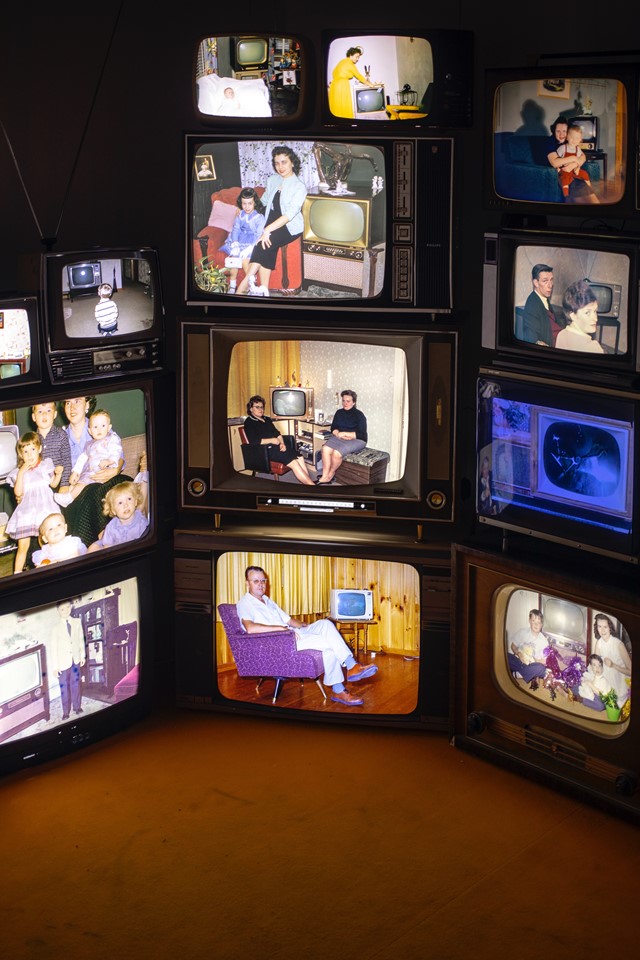HIV Stigma and Discrimination
Part one of a series to fill your kete with tools to be an informed ally when it comes to HIV stigma and discrimination.
The terms ‘stigma’ and ‘discrimination’ are often mixed up or conflated in our everyday lives, but there is a really important distinction between the two. So, apologies in advance for the English lesson you’re about to receive, but guess what – language matters!
HIV-related stigma: How we think and feel
At its essence, stigma is related to our belief systems. When we hold negative beliefs about someone, or a group of people, based on a specific defining characteristic, we hold stigma against them. A defining characteristic might be that they’re living with HIV.
Living with HIV?
Looking for support about disclosing your status?
Disclosure advice Disclosing to partners Your rights Disclosure advice from Body Positive"At it’s essence, stigma is related to our belief systems".
HIV-related discrimination: How we act as a result of our stigma
We’ll cover some specific examples of HIV discrimination later in the series, but these actions can be anything from avoiding shaking hands with someone living with HIV, to outing someone living with HIV without their consent – and yes, that still happens in Aotearoa in 2022.
Now, stigma doesn’t always lead to obvious discrimination. You may register that you have some discomfort around shaking hands with someone living with HIV but choose to shake their hand anyway. This still means you hold stigma, and it’s a great opportunity to have a really hard think about why you feel that way.
Language matters!


Where does HIV stigma come from?
I hate to break it to you, but there’s a high chance that you or someone you know holds HIV stigma. Stigma in all forms is pervasive and very difficult – perhaps even impossible – to completely destroy. That’s because being conscious of our own HIV stigma is only the first step to tackling it. You may very well be aware of your stigma whilst not quite know what to do about it.
Why? We start to develop our beliefs at a very young age. HIV stigma can be learnt and perpetuated via a number of avenues:
- Whānau and friends: We listen most to the people we trust. As we’ll see in Part 2, the belief systems of those closest to us have great influence over the development of our own belief systems. But we must remember that we also have the power to influence those closest to us as well.
- Media: Historically, HIV has often been used as a narrative device – particularly for gay male characters – and often ends in a character’s sickness or death. While there have been great strides in diversifying gay storylines and showing the realities of living with HIV in a modern setting, the ‘traditional’ narratives still exist and can wield enormous power.
- School: We are influenced by the beliefs of our teachers, which they may express while we’re in the classroom. Their beliefs can also colour the way they teach us about history - the HIV and AIDS pandemic of the 1980s and 90s was widely reported on in a negative, stigmatising way. When we start to learn more about history we pick up on these cues and inadvertently imprint them into our belief system when it comes to HIV.
- Institutions: We also learn beliefs about HIV through what we see reinforced in key societal institutions such as healthcare, the legal system, and politics.
Why gay guys are more likely to get HIV
As a gay or bi guy, you’re much more likely to get HIV through unprotected sex than your average straight guy. Ever wondered why?


"Being conscious of our own HIV stigma is only the first step to tackling it."
Intersectionality makes the effects of HIV stigma and discrimination worse
People can hold stigma related to a number of different characteristics. For example:
- Gender identity;
- Sexual orientation;
- Ethnicity;
- Drug use;
- Physical abilty;
- Neurodiversity;
- Socioeconomic status;
- Religion;
- And many more.
When someone living with HIV also falls into one or several of these categories, the impacts of HIV stigma and discrimination are compounded. They’re not only dealing with the impact of the HIV stigma, but also the additional stigmas as well. The more discrimination (of various forms) that someone experiences on a day-to-day basis, the harder it is for them to manage the effects of this.
It’s also super important to be aware of how these additional factors can privilege some people living with HIV over others. When we’re thinking about HIV stigma and how to tackle it, we must take into account those who are most affected by stigma, and this is often people who are facing it from multiple fronts.
What is intersectionality?
The acknowledgement that everyone has their own unique experiences of discrimination and oppression and we must consider everything and anything that can marginalise people.
Internalised HIV stigma
As if people living with HIV didn’t have enough to contend with, societal stigma around HIV can also influence their own beliefs.
As seen in the Aotearoa New Zealand People living with HIV Stigma Index Survey 2020, many people living with HIV experience internalised HIV stigma, which can affect their mental wellbeing and make the effects of stigma even more challenging to manage.
HIV vs AIDS
HIV stands for ‘human immunodeficiency virus’, and attacks white blood cells within the immune system. These cells will stay infected for the rest of their lives. If untreated, HIV will develop into AIDS (‘Acquired Immune Deficiency Syndrome’).
More informationNext up in the series
As you can see, HIV stigma and discrimination are particularly evasive enemies. Not only do they arise from hard-to-shake beliefs learnt early in life, they’re also worse for people who face stigma and discrimination on multiple fronts, and even create internalised stigma as well.
Next in this series we will look at the different layers at which HIV stigma and discrimination operates in our society, and – on a more positive note – how we have the power to help change the conversation.
To sum up
- HIV-related stigma and HIV-related discrimination are two different things
- Stigma relates to how we think, while discrimination relates to how we act
- We can hold stigma without acting on it
- We develop our beliefs from a young age - it's hard work to dismantle them
- Intersectionality makes the effects of stigma and discrimination worse
- People living with HIV can also hold internalised HIV stigma



